One of my friends is a Rugveda scholar and teacher. He took part in Vaikunta utsavam of HH Chinna Jeeyar Swamiji’s mother. Vaikunta utsavam is a celebration of one’s journey back to the origin. My friend, along with a hundred other peers, holding a trimmed sugarcane plant walked around and into Divya Saketham temple. They were all lead by HH Chinna Jeeyar Swamiji, 6 other Jeeyar Swamiji’s and many scholars chanting Bhagavad Ramanuja Nootrandadi, a prayer in praise of Ramanujacharya. The event was so beautifully organized giving one a view of Vaikuntam.
As I was watching, there were many questions about the event… and here are the answers from Swamiji’s discourse (must watch – 23rd Evening, 24th Morning)
-From the discourse of Sri Chinna Jeeyar Swamiji
– Three-day Paramapada Utsavam of Amma Garu
– (Swamiji’s mother)
– 23 rd Evening and 24 th Morning, Divya Saketham,
– JIVA campus
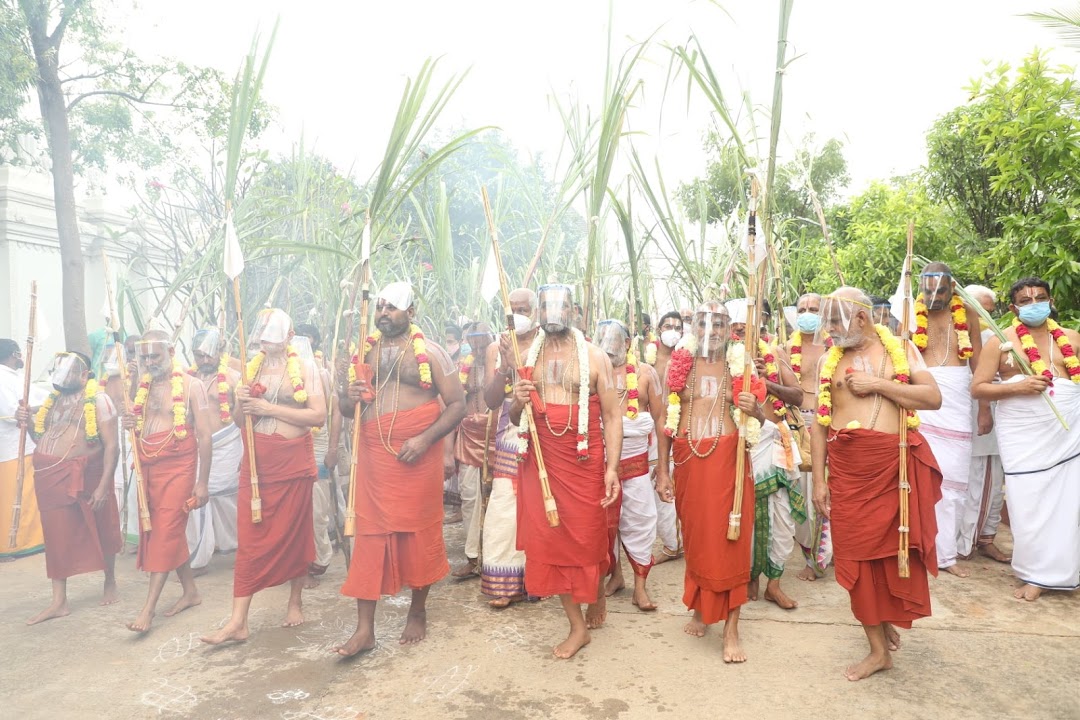
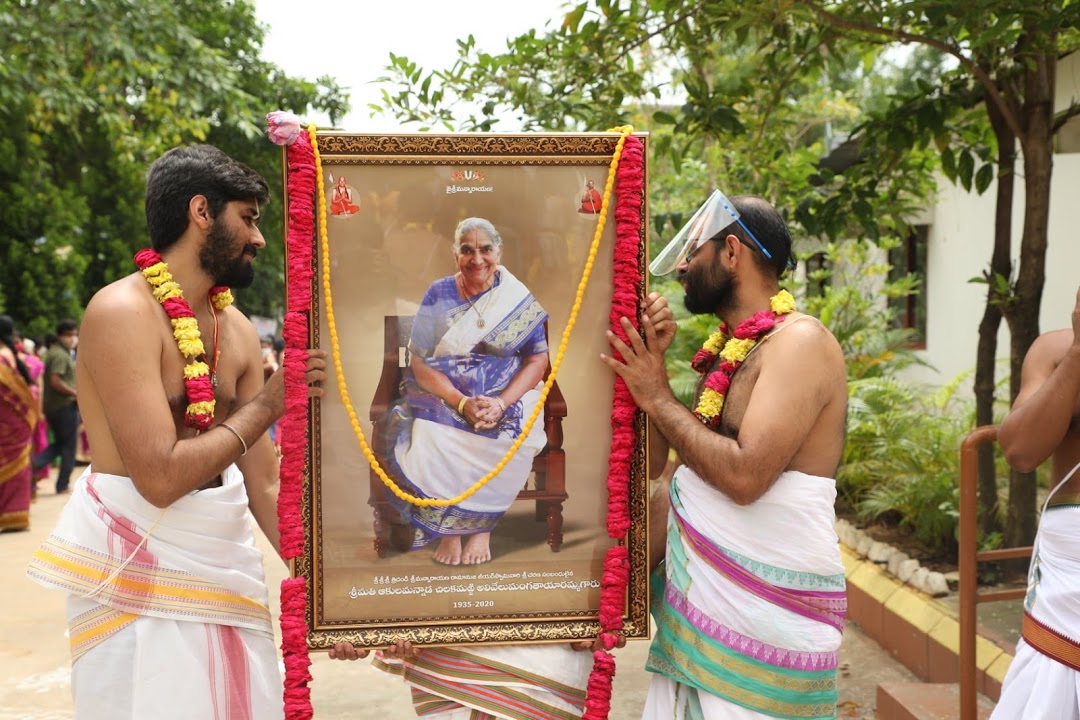
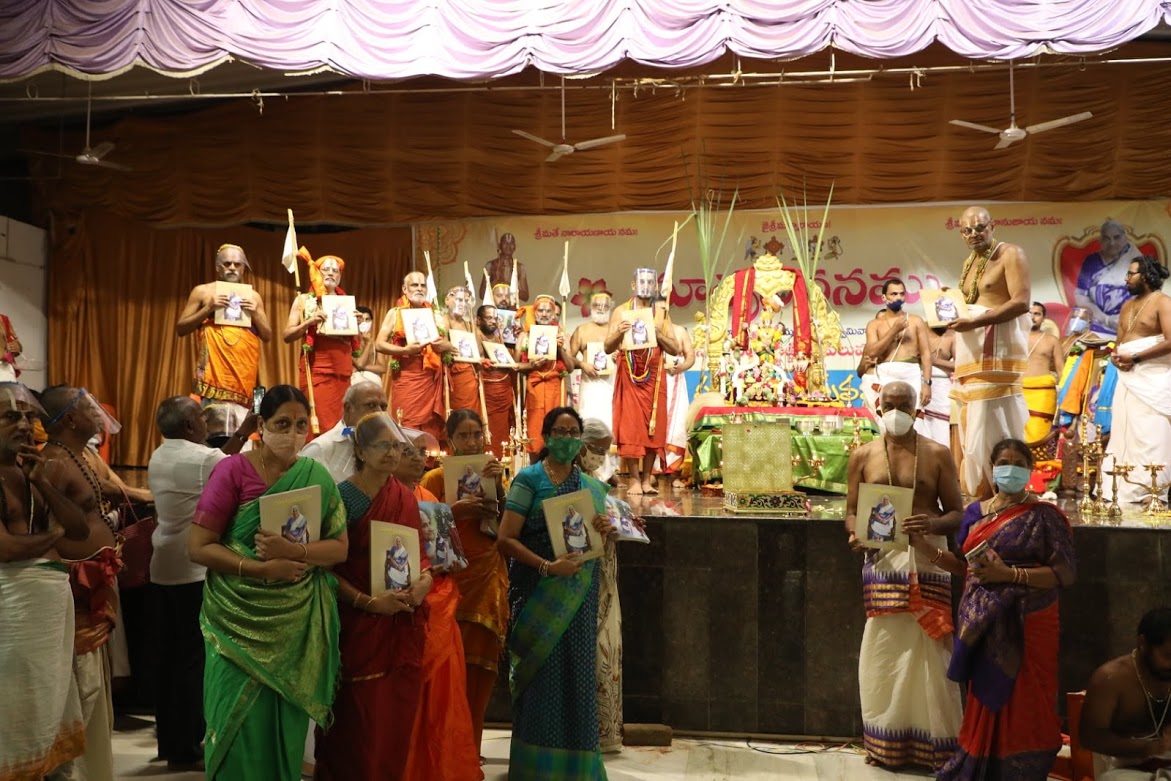
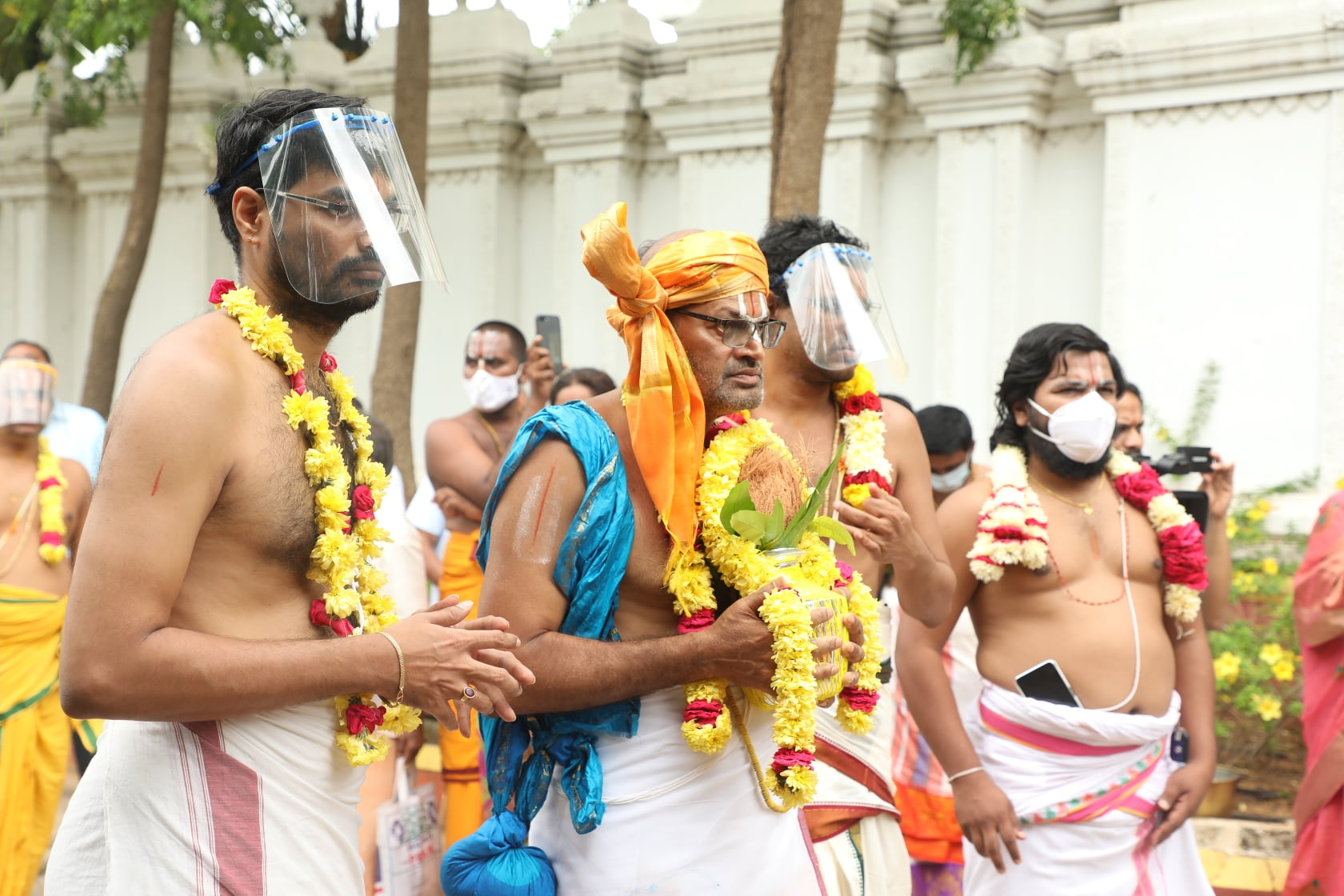


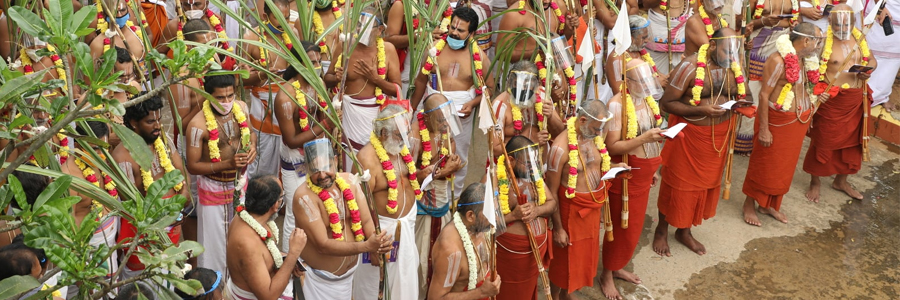

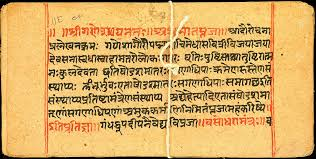




🙏
anEka kOti praNaamamulu Swamiji ! We are ALL so blessed to have you as our guru. Jai Shreeman Narayana!
Who am I ?
Why should I ?
What should I ?
When should I ?
Where should I ?
How to know I ?
Pujya Swamyji ki padaabhi Vandanamulato
🙏🙏🙏🙏🙏
Jai srimannarayana 🙏🙏
Infinite dandavats unto ur lotusfeet🙏
Jai srimanarayana
Jai srimannarayana
🙏🙏🙏